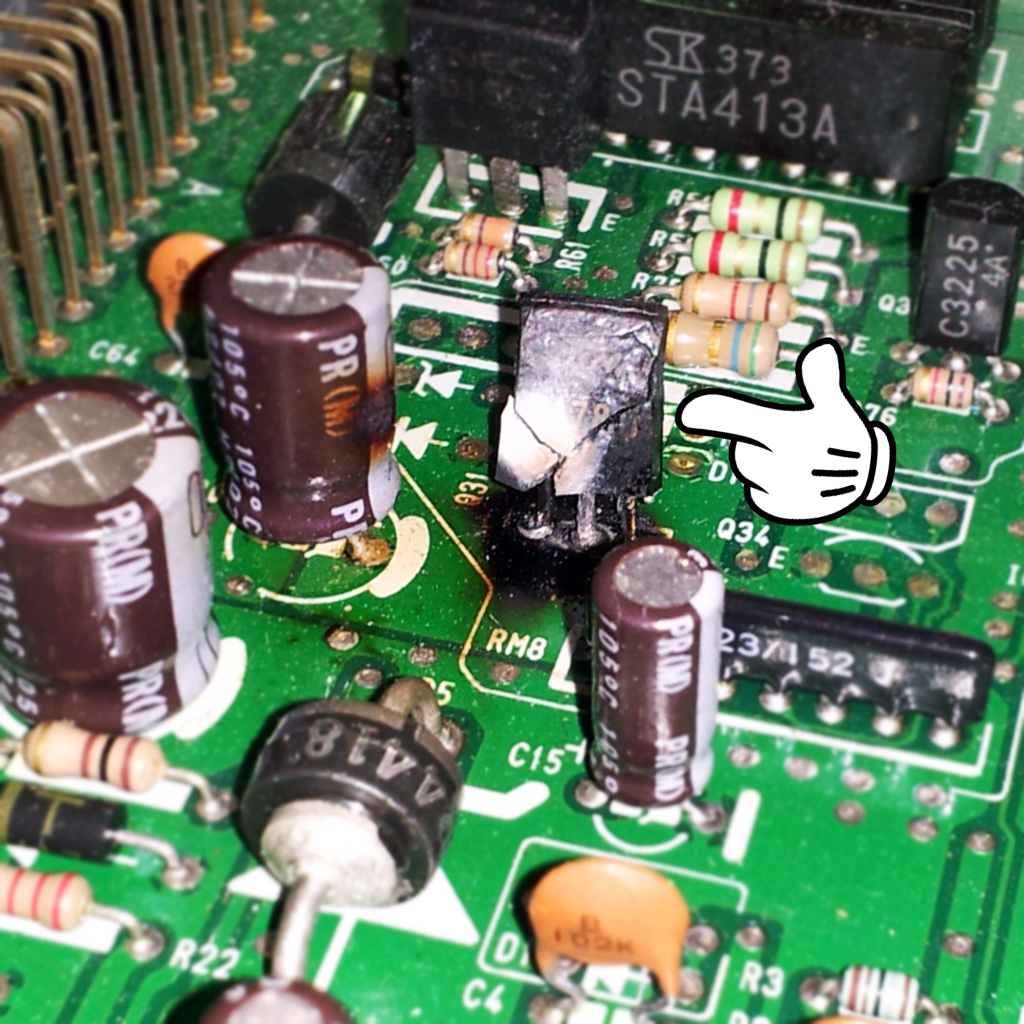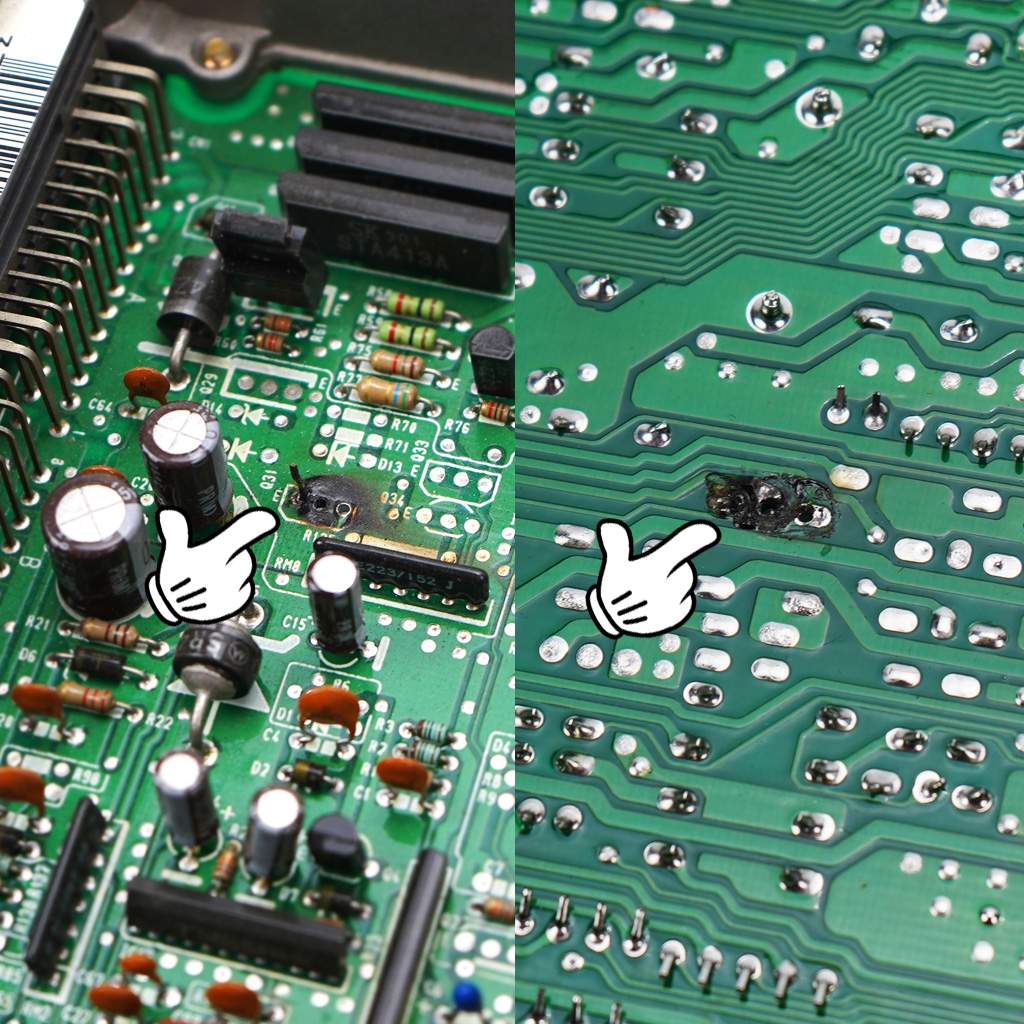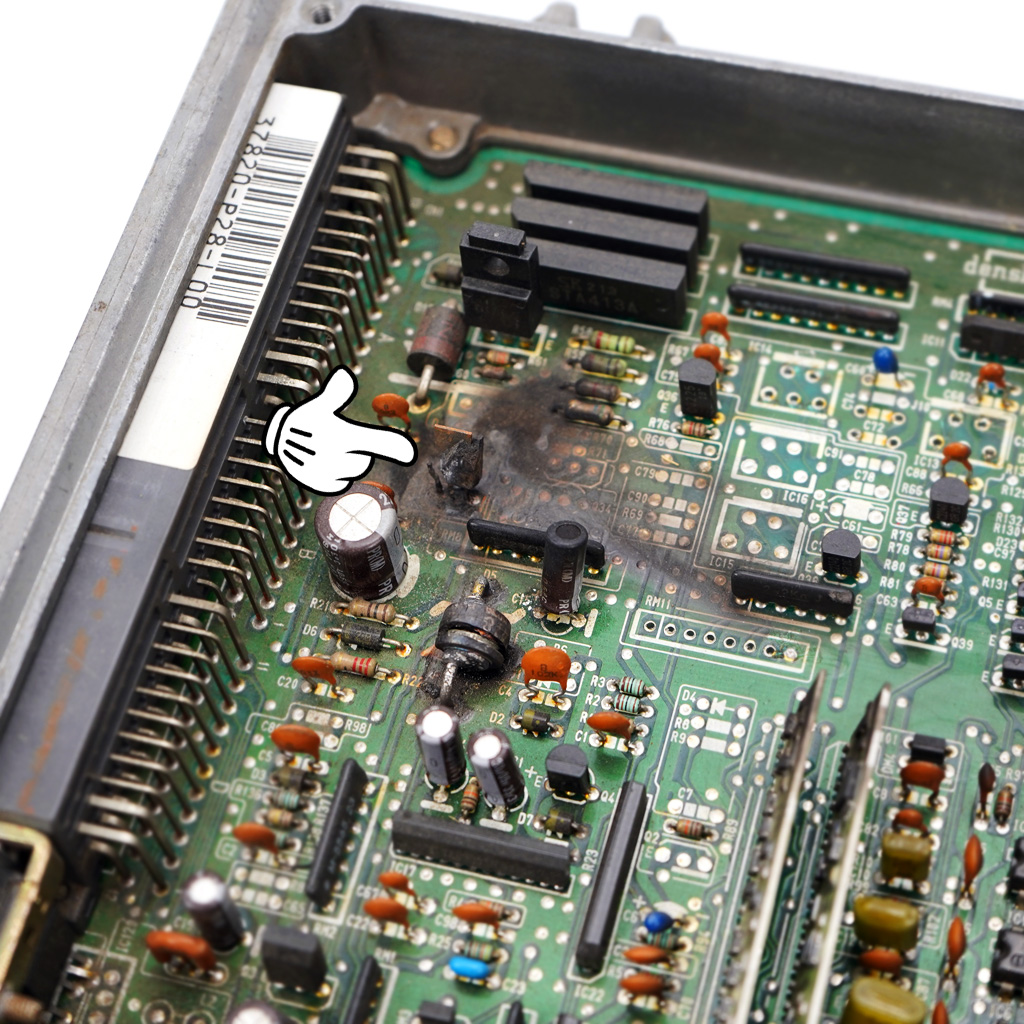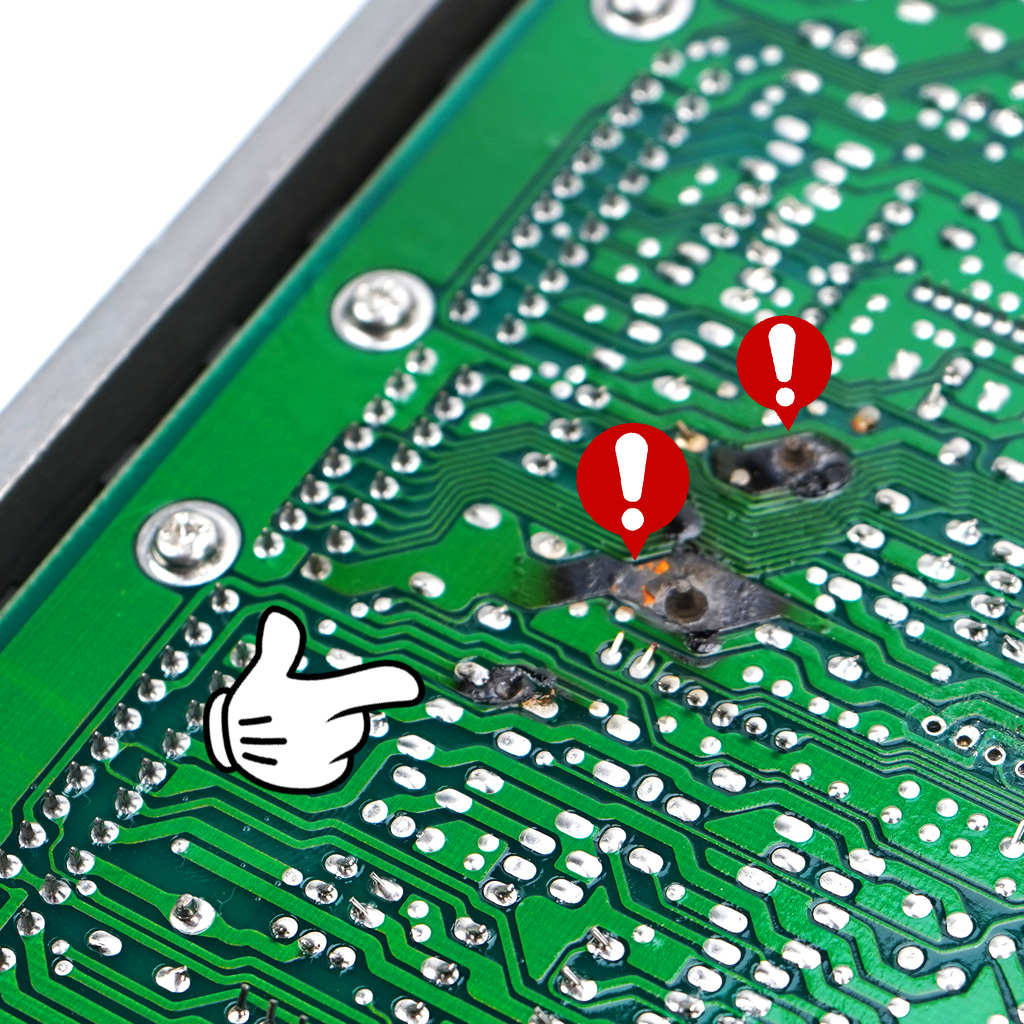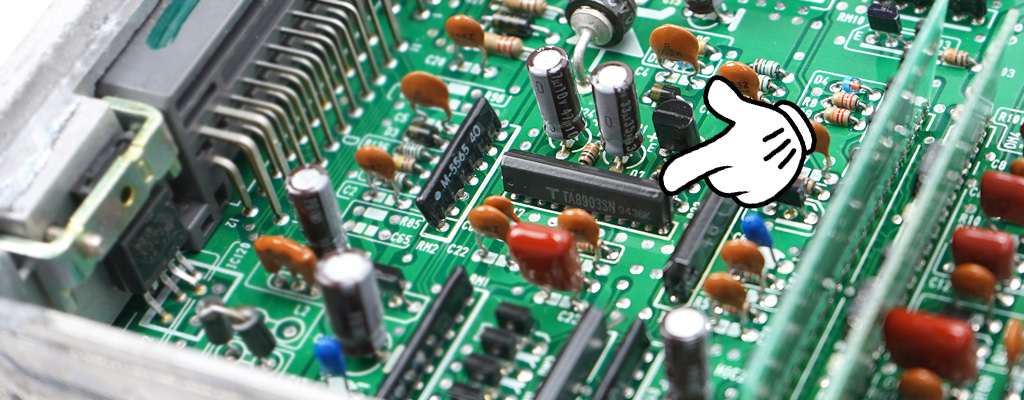OBD-1 ECU’s are the best era ECU HANDS DOWN. They’re coming up on 30 years of age and are beginning to show their age, sadly. They have several common issues you may or have yet to experience but are mostly repairable and can breathe new life into these ECU’s.
Leaky / Bad Capacitors
With these old ECU’s, the capacitors can reach a point where they leak out their inner electrolyte fluid eventually staining the main board which can be potentially damaging. This fluid can also grow a weird turquoise-y mold/fuzz on the legs and/or on the butt of the capacitor. They can also emit a fishy-like smell (if smelt up close or warmed up from de-soldering). They can have a hand in causing the fuel pump to not activate or intermittently activate along with other possible symptoms. They can make the vehicle seem sensitive to atmospheric cold/warm conditions such as no start-ups until after the car is warmed up or when the car is straight cold.

Fuel Pump issues
If you’ve experienced intermittent, delayed, or straight up no fuel pump activation, it can be due to bad capacitors and/or a bad IC17 chip. From my experience, the “Integrated Circuit” 17 zip aka IC17 seems to be more of the culprit than the capacitors in fuel pump issues. IC17 is a hub of power activity and regulation for the ECU and the fuel pump activity is one of those jobs. It’s not a guarantee the IC17 will bring an ECU back to life but its a big start.
Burnt Q31 Transistor
The evap purge control solenoid or PCS (an emissions related solenoid found on the back left side of OBD1 D-series and some B-series intake manifolds) is what the Q31 transistor regulates. Usually, when an engine swap is performed on a 92-00 Civic, it is easy to overlook and mistakenly plug the PCS into the IAT sensor (intake air temp found on the left side intake runner) and vice-verse since they share the same style round 2-wire connector. The voltage for either of these guys are completely different and the result is the burning out of the IAT sensor tip and the Q31 transistor inside the ECU. Sometimes the Q31 can burn out so bad it will damage the board making it impossible to replace. The good thing is it can be removed completely for engine swap purposes if emissions isn’t a priority or required.
Note: The PCS does not throw a CEL when it is not working due to a burnt out Q31.
Burned Q31 Examples:
